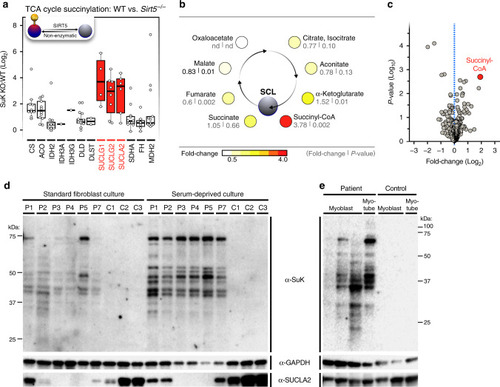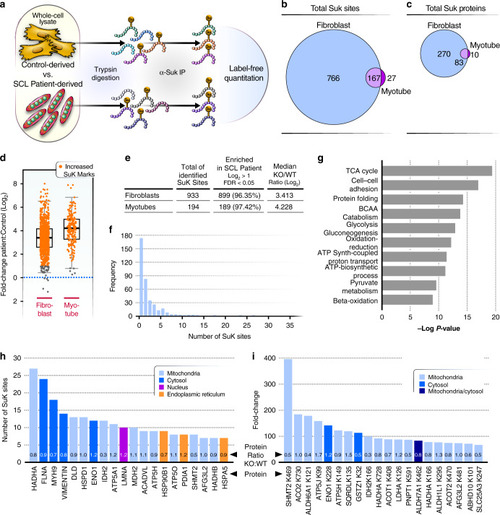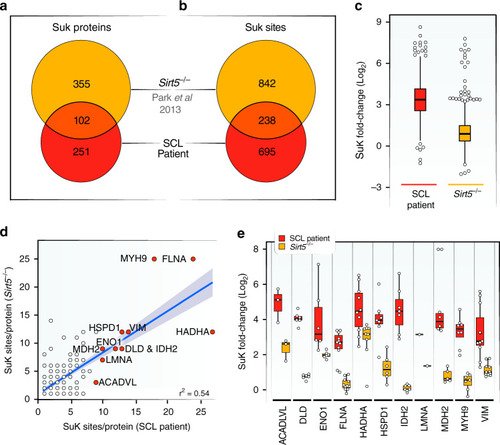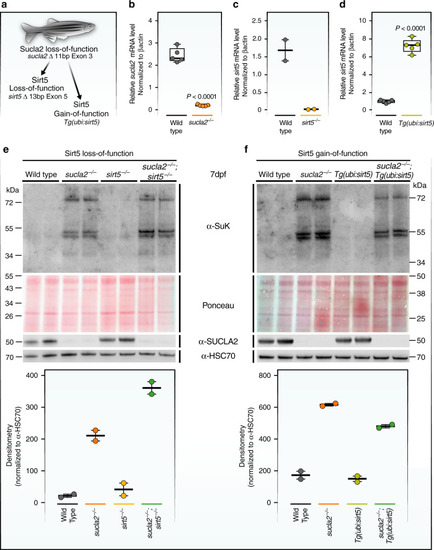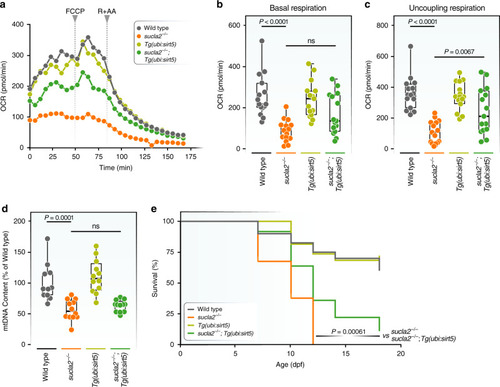- Title
-
SUCLA2 mutations cause global protein succinylation contributing to the pathomechanism of a hereditary mitochondrial disease
- Authors
- Gut, P., Matilainen, S., Meyer, J.G., Pällijeff, P., Richard, J., Carroll, C.J., Euro, L., Jackson, C.B., Isohanni, P., Minassian, B.A., Alkhater, R.A., Østergaard, E., Civiletto, G., Parisi, A., Thevenet, J., Rardin, M.J., He, W., Nishida, Y., Newman, J.C., Liu, X., Christen, S., Moco, S., Locasale, J.W., Schilling, B., Suomalainen, A., Verdin, E.
- Source
- Full text @ Nat. Commun.
|
|
|
|
|
|
|
|
|
PHENOTYPE:
|

